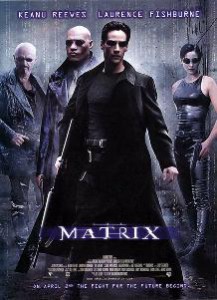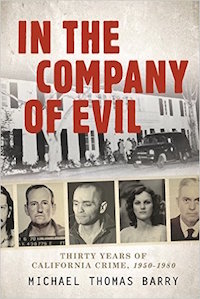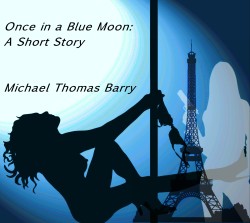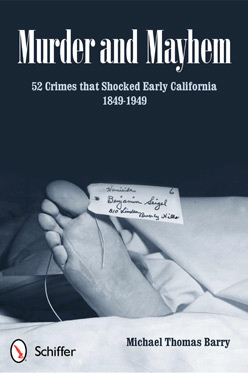03.31
On this day in 1999, the writing and directing sibling team of Andy and Larry Wachowski release their second film, the mind-blowing science-fiction blockbuster The Matrix.
Born and raised in Chicago, the Wachowski brothers both dropped out of college and started a house-painting and construction business before they got into the film industry. They collaborated on two screenplays, the second of which was made into the action movie Assassins (1995), starring Sylvester Stallone and Antonio Banderas. A year later, the Wachowskis wrote, directed and executive-produced their debut film, Bound. Critics praised the relatively low-budget crime thriller, about lesbian lovers who steal from the mob, and it became a cult hit.
The brothers’ next project, however, brought them to a whole new level. Filmed for $70 million, The Matrix was a stylish, innovative and visually spectacular take on a familiar premise–that humans are unknowing inhabitants of a world controlled by machines–central to films such as Alien and 2001: A Space Odyssey. The Matrix starred Keanu Reeves as a computer hacker who learns that human-like computers have created a fake world, the Matrix, to enslave the remaining humans while keeping them in the dark about their dire fate. Guided by the sleek, mysterious Morpheus (Laurence Fishburne) and Trinity (Carrie-Ann Moss), the hacker is dubbed Neo and told he alone can play the crucial role in deciding the fate of the world. Packed with slow-motion camera tricks and references from a myriad of sources–including comic books, the Bible, Lewis Carroll, Eastern philosophy and film noir–The Matrix also stunned viewers with its Hong Kong-style fight scenes, choreographed by the martial-arts master Yuen Wo Ping and performed with the help of invisible wires allowing the characters to fly through the air. Greeted with enthusiasm by computer-gaming fanatics and mainstream audiences alike, The Matrix earned a staggering $470 million worldwide and won four Academy Awards, for Best Editing, Best Sound Effects Editing, Best Visual Effects and Best Sound.
The Wachowskis had always envisioned The Matrix as a trilogy, and they shot back-to-back sequels, The Matrix Reloaded and The Matrix Revolutions, in Australia. Released six months apart in 2003, they were generally agreed to be less successful than the original film. All in all, however, the franchise–including a best-selling video game, Enter the Matrix–earned the production company, Warner Brothers, more than $1 billion. The Wachowskis, meanwhile, became famously reclusive, refusing to promote the Matrix sequels or give interviews. The air of mystery surrounding the brothers was exacerbated by rumors that Larry Wachowski had undergone a sex change and was living as a woman, Lana Wachowski. As reported by Fox News, Joel Silver, producer of the Matrix films, emphatically denied these reports in a 2007 interview.
As a follow-up to their phenomenal success, the Wachowskis wrote and produced for Animatrix, a series of short films based on The Matrix, and wrote and produced the provocative action thriller V for Vendetta (2006). In 2008, the brothers returned to directing (as well as writing and producing) with Speed Racer, a film adaptation of the Japanese anime series by the same name.












